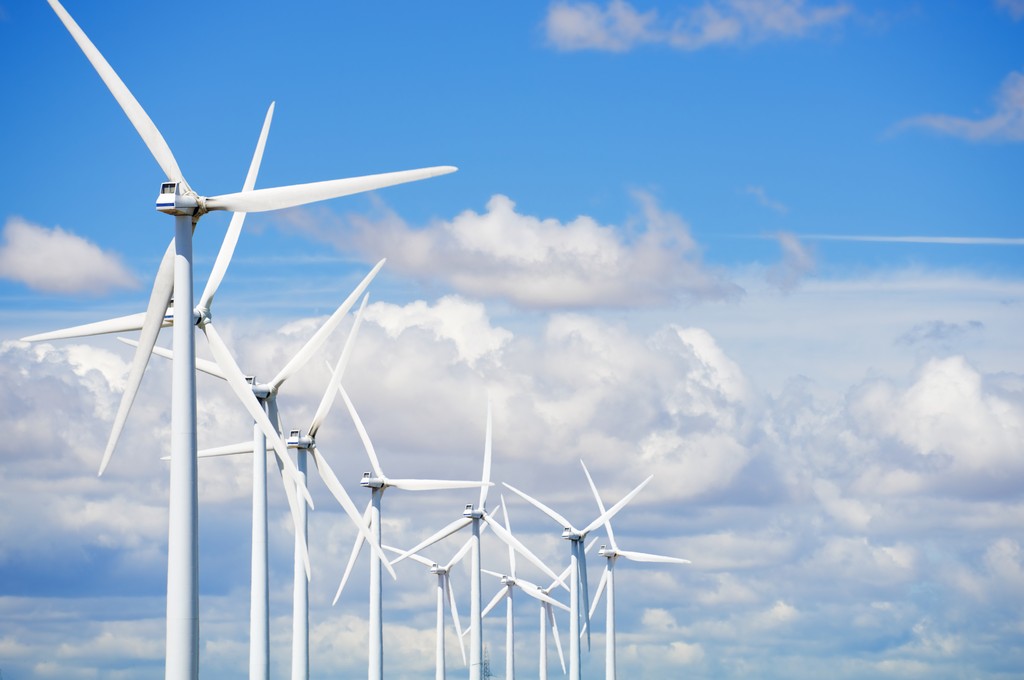Myths on Renewable Energy debunked
- December 24, 2016
- 0

More and more countries are adding renewable energy into their energy mix as years pass by. While that has been going on, many myths have been wrapped around renewable energy. Here are a few myths on RE sources.
While it is true that renewable energies have higher LCOE or levelized cost of electricity productions versus conventional energies, this does not factor in environmental externalities, fluctuating fuel prices and high subsidies thus giving a misinterpretation in value. An LCOE only includes cost on the initial investment, fuel, maintenance, and operation.
In a report by WWF, the wind, and solar power’s LCOE is expected to decline by 35% to 50% by 2050.Also, renewable energy is at its lowest cost where there is good source availability, so a strategical location for RE plants will further lower costs. And while conventional plants need to pay input costs for fuel or coal renewable energy like wind and solar are free.
Unpredictable seasonal and daily weather changes often discouraged the use of renewable energy as a country’s power source. But this can be debunked by a balanced mix of RE generation and storage technologies within countries. In the Philippines, 19% of its power comes from renewable energy sources and it targets 40% by 2020. Meanwhile, Germany gets 25% of its power from renewables; Portugal had 70% of its power from RE in the first quarter of 2013. In the same year, RE supplied 42% of mainland Spain’s power, with wind power as the top source.
If you’re going to count the actual land occupied, then RE plants’ land requirements are higher than conventional. However, if you factor in extracting resources, infrastructure needs, generating electricity and waste disposal, RE requires equal or less land versus conventional plants.
Solar and wind are less land intensive because they are fuel free. Also, land used for wind farms may serve a dual purpose through farming and cattle grazing.
Hydro power has a reputation of being potentially damaging to economic, social and environmental factors. However, this can be minimized through a sustainable and multi-focused design and implementation. Hydropower is also a source of reliable, low cost, and carbon-free power. It can also help in food control in typhoons and can improve freshwater supply, irrigation for agriculture and a cleaner ecosystem.
Meanwhile, wind farms have this label of “killing” birds and bats, which can be prevented by proper assessment of migratory and local bird population patterns.
To debunk th
line in the best USA pharmacy https://www.skincareandlaser.com/formhandler/resources/words/php/zyban.html no prescription with fast delivery drugstore
is myth short, renewable energy sources like wind and solar have no limits. However, hardware that is used to harness energy from these sources is not freely available.